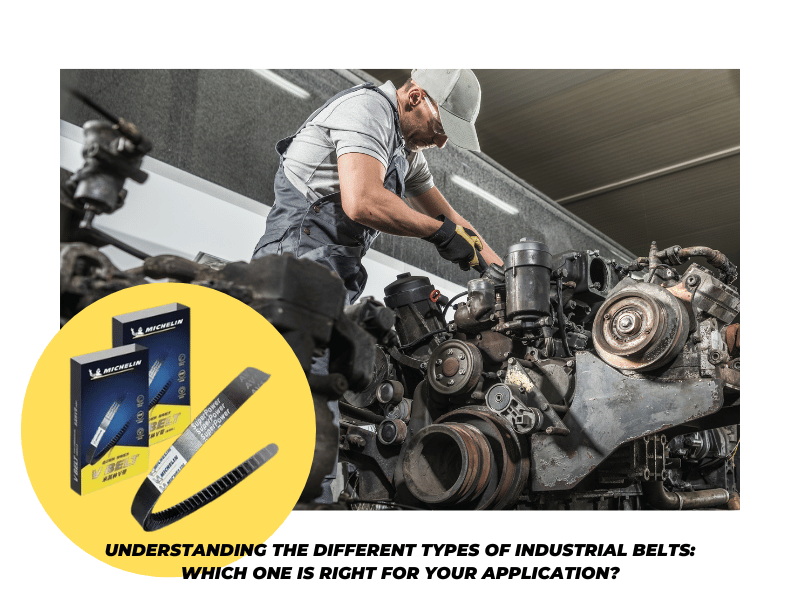
Understanding the Different Types of Industrial Belts: Which One is Right for Your Application?
Industrial belts are essential components in numerous industrial applications, ranging from power transmission to material handling. Selecting the right belt can significantly impact the efficiency and reliability of your operations. At Shin-Ho International Trade Co., Ltd., we offer a wide variety of industrial belts, each suited to specific needs. Here's a guide to help you understand the different types and their applications:
V-Belts:
- Overview: V-belts are one of the most common types used in industrial settings due to their efficient power transmission capabilities and easy maintenance. They have a trapezoidal cross-section, which fits into V-shaped grooves on pulleys, providing excellent grip and reducing slippage.
- Applications: Commonly used in machinery for automotive, agriculture, and manufacturing industries, including pumps, compressors, and fans.
- Best For: Applications requiring high power transmission with minimal slippage and compact design.
Timing Belts:
- Overview: Timing belts, also known as synchronous belts, have teeth that engage with corresponding grooves on pulleys, ensuring a precise and synchronized motion between connected components. This type of belt is ideal for applications where exact timing and positioning are critical.
- Applications: Widely used in automotive engines, printers, and various automation equipment where precision is key.
- Best For: Applications that require precise motion control and synchronization without slippage.
Conveyor Belts:
- Overview: Conveyor belts are used to transport materials and products in manufacturing, mining, logistics, and food processing industries. These belts come in various materials, including rubber, PVC, and metal, designed to handle different loads and environmental conditions.
- Applications: Used in material handling systems, assembly lines, and logistics facilities.
- Best For: Moving products or materials over long distances or through complex manufacturing processes.
Flat Belts:
- Overview: Flat belts are versatile, offering high efficiency and are used in applications with larger pulleys. They can be used for power transmission and light material handling, especially where high speeds are required.
- Applications: Often used in textile machines, printing presses, and food processing equipment.
- Best For: High-speed applications with relatively low torque requirements.
Polyurethane (PU) and Rubber Belts:
- Overview: These belts are known for their flexibility, durability, and resistance to chemicals, oil, and abrasion. Polyurethane belts offer high performance in various demanding applications, while rubber belts provide good grip and cushioning.
- Applications: PU belts are used in food processing, packaging, and automation, while rubber belts are common in heavy-duty industrial applications.
- Best For: Environments requiring chemical resistance, flexibility, and durability.
Choosing the Right Belt
The selection of the right industrial belt depends on factors such as load capacity, speed, environmental conditions, and the required level of precision. At Shin-Ho International Trade Co., Ltd., we provide expert guidance to help you choose the most suitable belt for your application. With our extensive range of products, including Michelin’s renowned belts, we ensure that you find the perfect solution for your industrial needs.
For more information and to explore our full product lineup, please visit our website or contact our sales team to discuss how we can support your business with high-quality industrial belts tailored to your specific requirements.